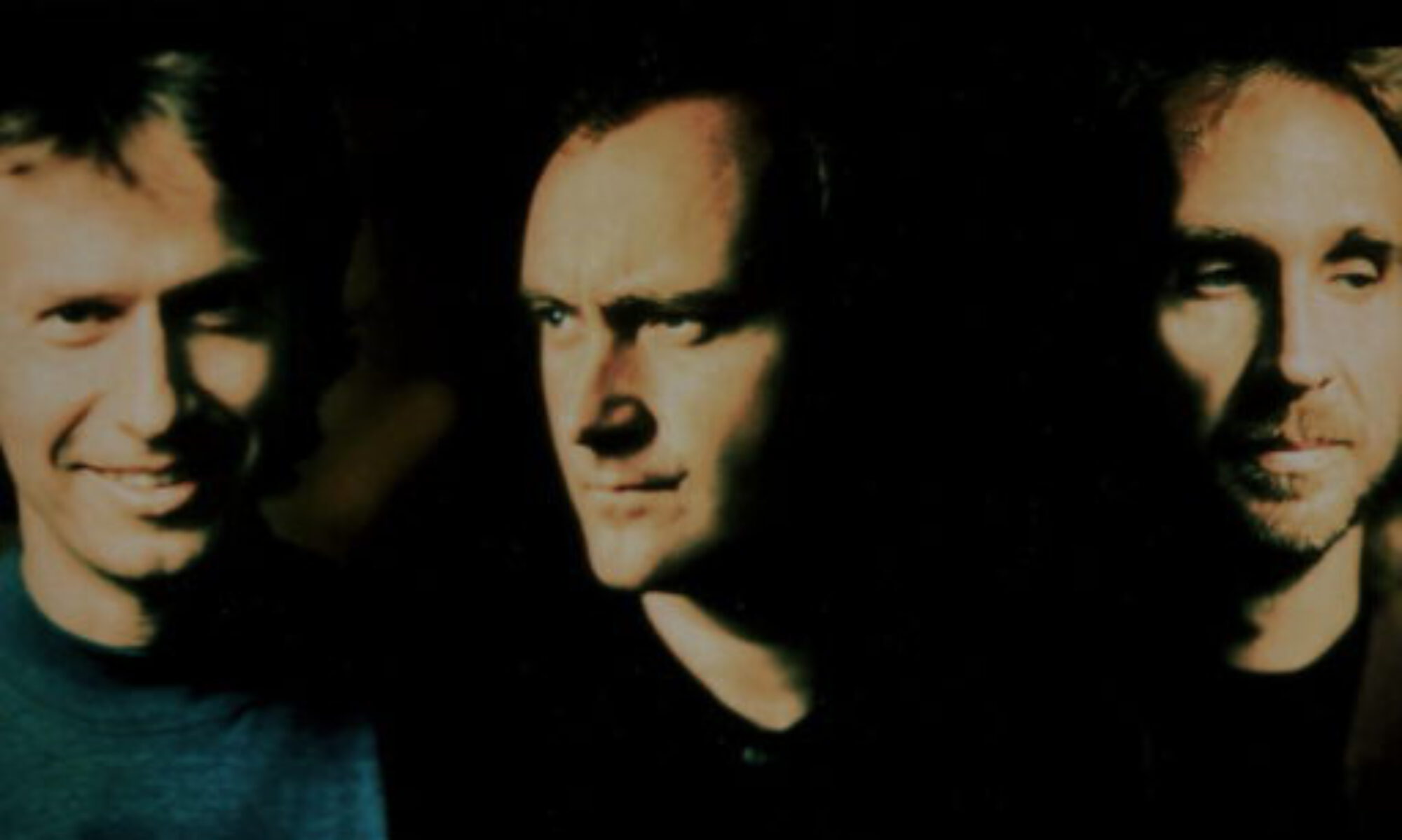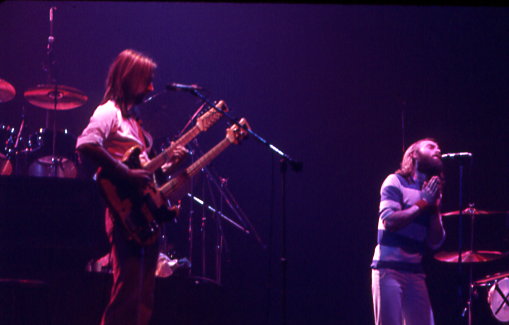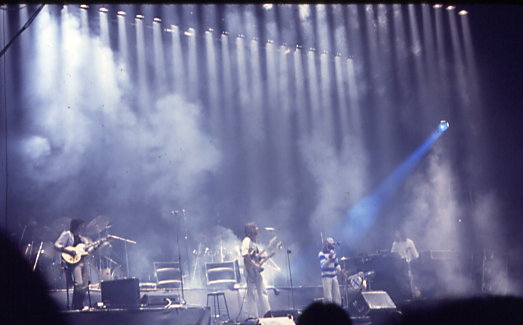In 1975, Peter Gabriel left Genesis, leaving the band without a lead singer. After auditioning several vocalists without success, drummer Phil Collins reluctantly stepped up to take on the role. He sang on A Trick of the Tail (1976), the band’s first album after Gabriel’s departure. But while he handled the studio vocals, he wasn’t eager to become the band’s frontman on tour.
This is the story of how Phil Collins took center stage.
Phil Collins Didn’t Want to Be the Singer
A Trick of the Tail proved that Genesis could continue without Peter Gabriel. The album was a success, and Phil’s vocals shone on both the heavier tracks like Dance on a Volcano and the softer moments of Ripples.
Yet, despite his strong performance, Phil had no desire to be the band’s singer. He saw himself first and foremost as a drummer.
‘I’ve always felt the singer was the cheapest gig in the band, ’cause all they had to do was look good and wiggle their bum,’ he later admitted. ‘I always wanted the most respectable part in the group, which was of course the drummer.’1
When it came time to tour the album, Phil hesitated. He agreed to take on the lead vocals under one condition: he needed a drummer he could trust. That drummer was his friend Bill Bruford of Yes, who joined Genesis for the tour.
On March 26, 1976, Genesis played their first show with Phil Collins as frontman in London, Ontario.
Could He Replace Peter Gabriel?
Fans knew from the album that Phil could sing, but how would he handle the older material? Fortunately, his voice was naturally similar to Peter Gabriel’s, and he had already sung backing vocals on many classic Genesis tracks. His performances of songs like The Lamb Lies Down on Broadway, Firth of Fifth, and Supper’s Ready proved he was up to the challenge.
The new material was also well received. On Robbery, Assault & Battery, Phil brought the song’s Victorian-era story to life with his acting skills, while the instrumental Los Endos became even more powerful live, thanks to the addition of a second drummer.
Bringing in Bill Bruford was the right move. As a respected figure in progressive rock, his presence reassured fans. His intricate playing added a new dimension to Genesis’ music. While Bruford and Collins played off each other in a more unpredictable way, later drummer Chester Thompson would lock in with Phil to create the band’s signature double-drumming style.
A Warm Welcome for the ‘New’ Singer
Genesis fans wanted this lineup to succeed – and they embraced Phil’s new role. He brought a down-to-earth charm and a touch of Monty Python-style humor to the stage. The band seemed more relaxed, with the spotlight no longer focused solely on the singer.
During I Know What I Like, Phil got the other members involved, playfully placing hats on their heads and sharing a mic with Mike Rutherford. He even debuted his now-famous tambourine dance.
Where Peter Gabriel had been the mysterious storyteller, Phil Collins was the approachable everyman. He didn’t weave surreal tales; he spoke to the audience directly. Even Peter himself later said he was happy that Phil took over, recognizing that Phil was a stronger technical singer and had a natural connection with audiences.
Phil was nervous that first night in London, Ontario, but the show was a success. Genesis continued with him as their frontman for the next two decades – except for a brief period in the ’90s when Ray Wilson took over after Phil’s departure.
But that’s another story.
Title photo: Mike Rutherford and Phil Collins of Genesis in 1977. Source: Wikimedia Commons, Jean-Luc Ourlin from Toronto ontario, Canada / CC BY (https://creativecommons.org/licenses/by/3.0)
- Genesis – A History ↩︎


